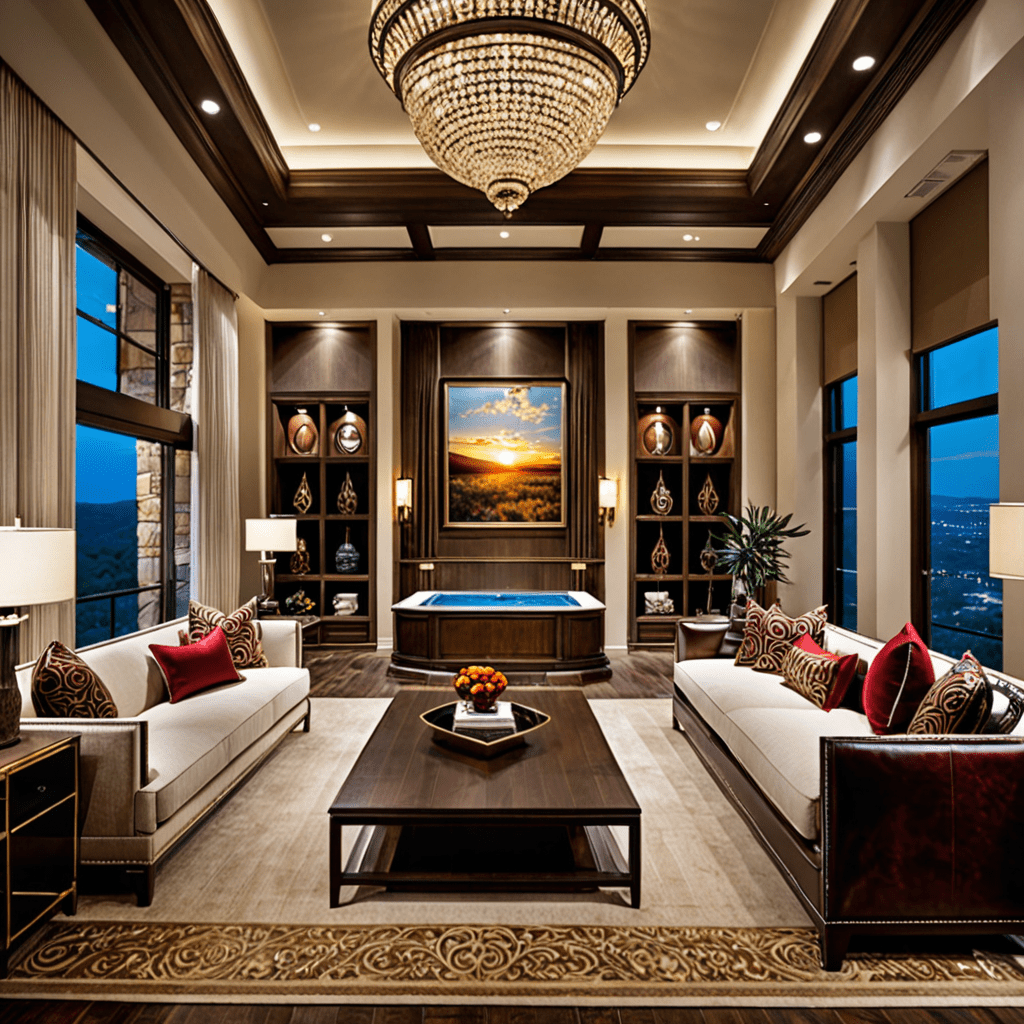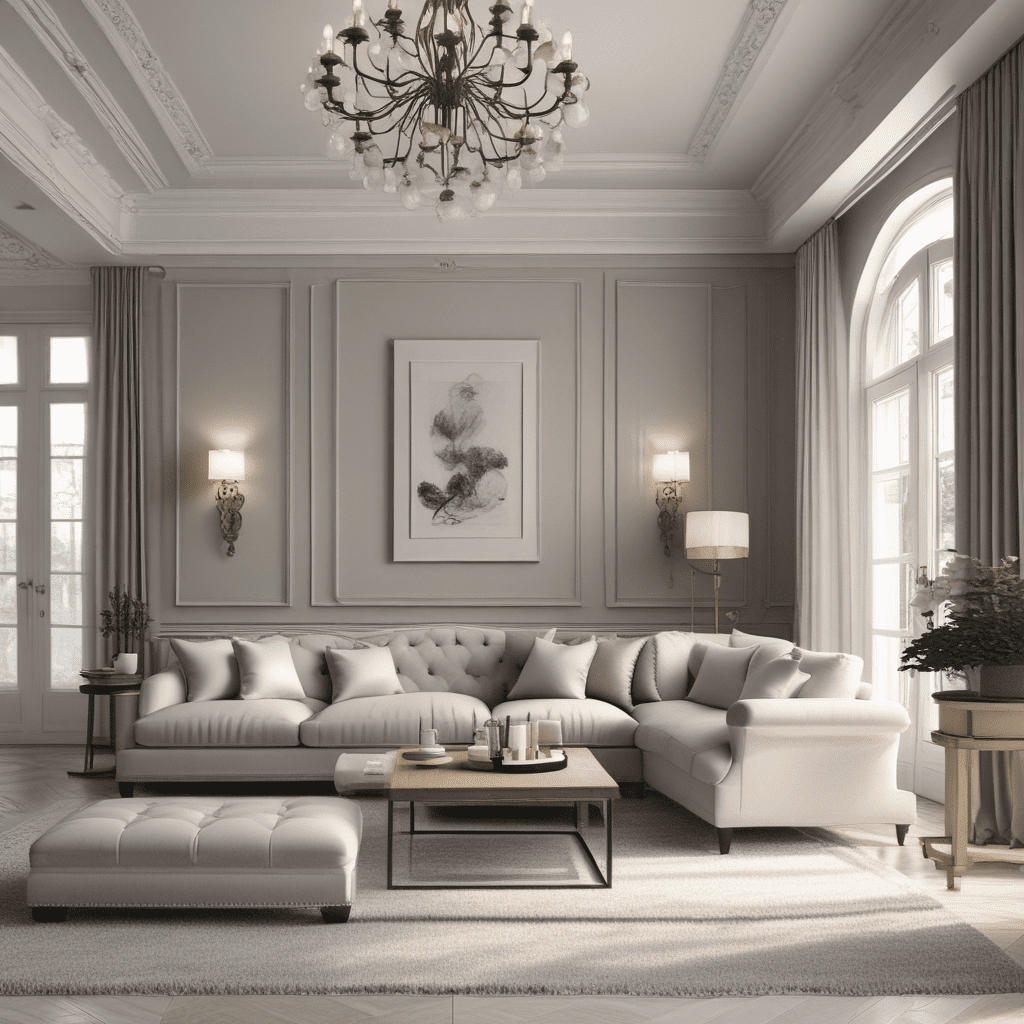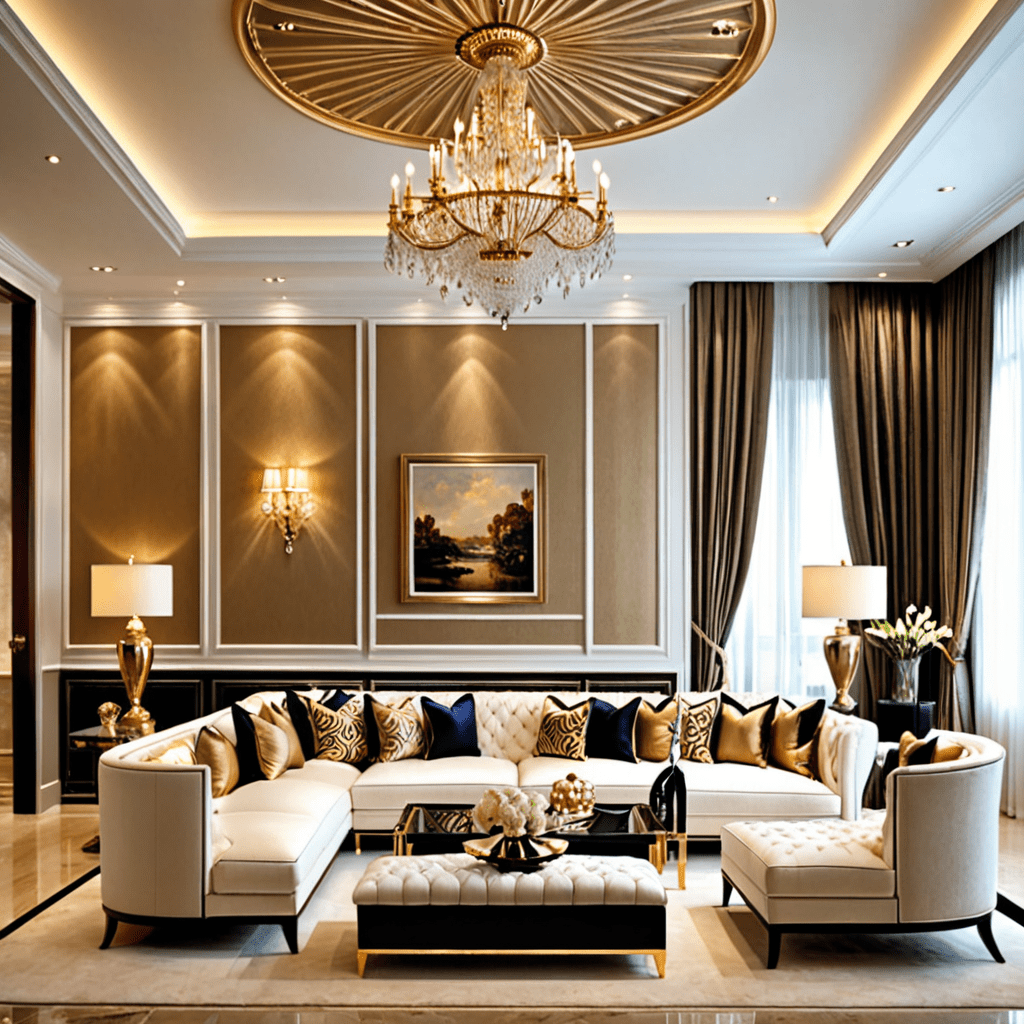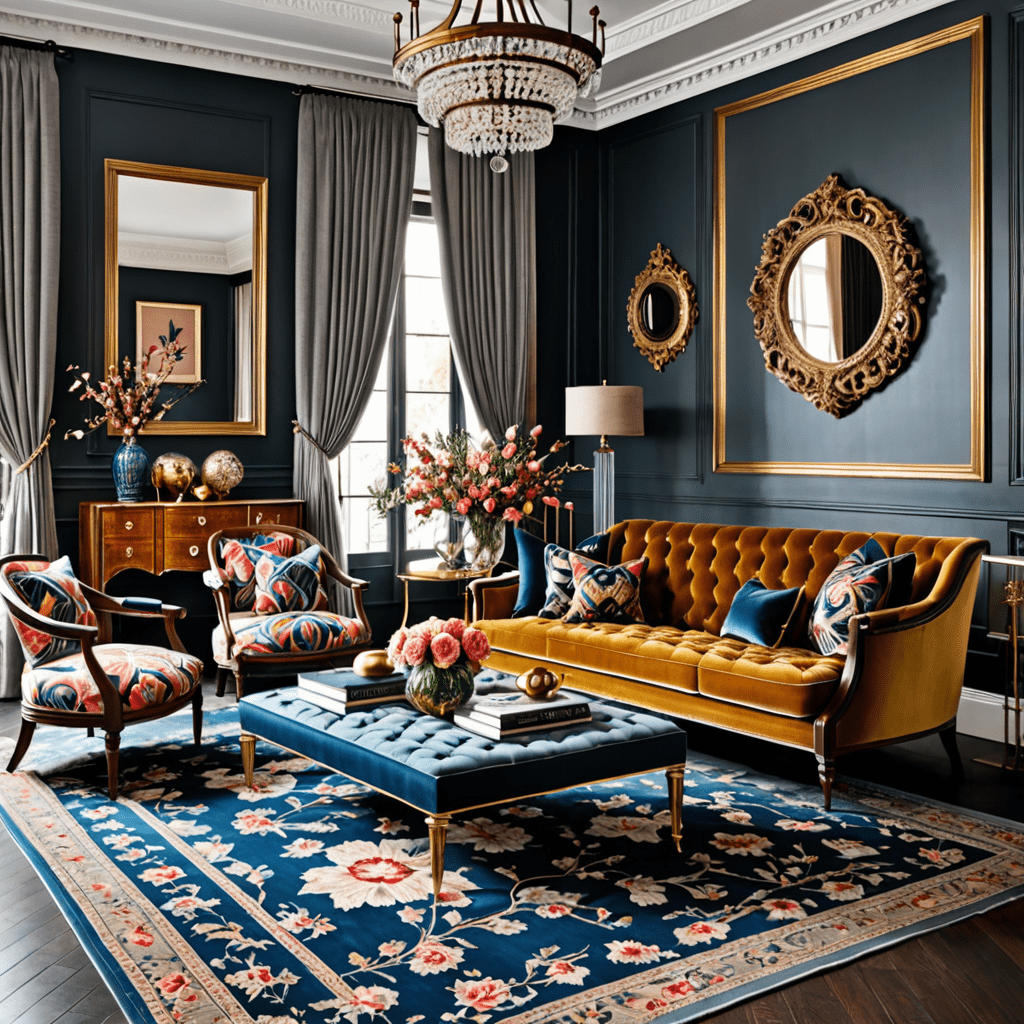Indulge in Serenity: Embrace the Allure of Natural Spa Interior Design
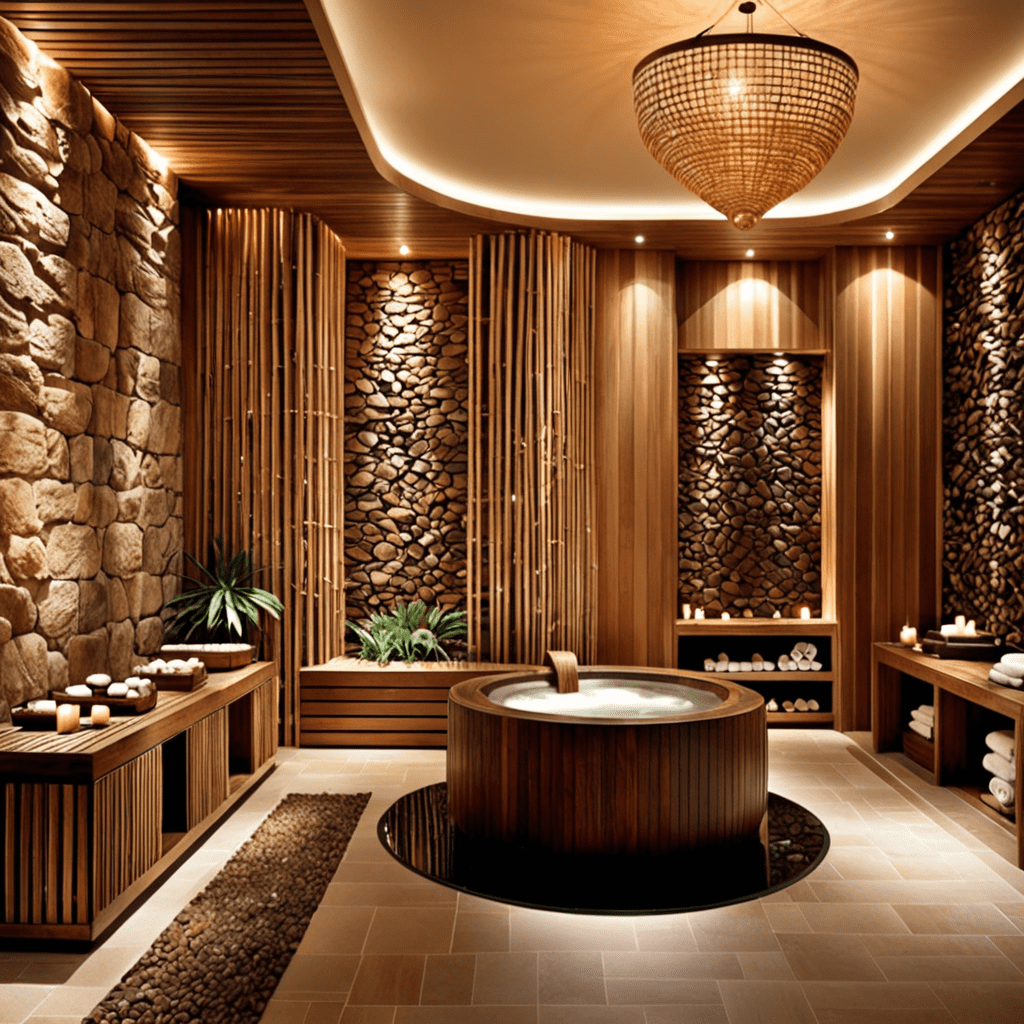

Indulge in Serenity: Embrace the Allure of Natural Spa Interior Design
When it comes to relaxation and rejuvenation, there is nothing quite like a visit to a spa. The serene ambiance, soothing scents, and tranquil atmosphere all contribute to a truly blissful experience. One aspect that plays a significant role in creating this haven of calmness is the interior design of the spa. Natural spa interior design has gained great popularity in recent years, with its emphasis on organic materials, earthy colors, and sustainable practices. In this blog post, we will explore the key elements of natural spa interior design and learn how it can enhance your spa experience.
1. Harmonizing with Nature: Biophilic Design
Biophilic design is a concept that centers around our innate connection with nature. It seeks to bring the outdoors inside, creating spaces that are visually appealing and emotionally stimulating. Natural spas often incorporate biophilic design principles to create a harmonious environment. Lush greenery, natural light, and the use of natural materials like wood and stone create a sense of serenity and relaxation.
2. Colors of Tranquility: Earthy Hues
The choice of colors plays a significant role in setting the mood of a spa. Natural spas typically opt for earthy, muted tones that evoke a sense of tranquility. Shades of green, blue, and brown are commonly used to create a soothing and grounding atmosphere. These colors have a calming effect on the mind and promote a sense of inner peace.
3. Organic Materials: Sustainable Luxury
Natural spas prioritize using organic and sustainable materials in their interior design. From bamboo and reclaimed wood to natural stone and organic textiles, these materials not only add a touch of luxury but also align with the spa’s commitment to environmental consciousness. Natural materials exude a sense of warmth and authenticity, elevating the overall spa experience.
4. Serene Sanctuary: Zen-inspired Spaces
Zen-inspired spaces are a hallmark of natural spa interior design. Simple, minimalist aesthetics promote a clutter-free environment, allowing the mind to unwind. Unadorned walls, clean lines, and strategically placed furniture all contribute to a Zen-like ambiance. The emphasis on simplicity and order creates a tranquil sanctuary for relaxation and introspection.
5. Soothing Scents: Aromatherapy
Aromatherapy is an integral part of the spa experience and is often incorporated into the interior design. Natural spas use essential oils and scented candles to create a pleasant aroma that lingers in the air. Scents like lavender, eucalyptus, and chamomile are known for their calming and therapeutic properties, further enhancing the overall spa experience.
6. Flow and Functionality: Efficient Layouts
Efficient layout and flow are essential in natural spa interior design. The arrangement of spaces should be intuitive and promote ease of movement. Separate areas for different treatments, such as massage rooms, sauna rooms, and relaxation areas, should be strategically placed to create a seamless experience. Thoughtful design ensures that both the staff and clients can navigate the spa comfortably, without feeling crowded or disjointed.
FAQ
Does natural spa interior design only work for large spaces?
Not at all! Natural spa interior design principles can be implemented in spaces of any size. Whether you have a small boutique spa or a sprawling wellness center, incorporating natural materials, soothing colors, and elements of biophilic design can transform any space into a serene haven.
Can I incorporate a modern touch into natural spa interior design?
Absolutely! Natural spa interior design doesn’t have to be limited to specific aesthetics. You can infuse modern elements like sleek furniture, minimalist lighting fixtures, or contemporary art pieces into the design while still maintaining the essence of nature and tranquility. The key is to strike a balance between modern touches and the organic feel of the spa.
Is natural spa interior design more expensive than traditional designs?
While natural spa interior design may involve the use of high-quality, sustainable materials, it doesn’t necessarily mean it is more expensive. By incorporating elements of nature, utilizing reclaimed materials, and focusing on simplicity, natural spas can often achieve an elegant and luxurious ambiance without breaking the bank. It’s all about thoughtful design choices and finding creative solutions within your budget.
What are the benefits of natural spa interior design?
Natural spa interior design creates a soothing and tranquil environment that promotes relaxation and rejuvenation. Being surrounded by natural elements like wood, stone, and plants can have a calming effect on the mind and body. The use of earthy colors and aromatherapy further enhances the overall wellness experience. Additionally, natural spa interior design emphasizes sustainable practices, promoting a sense of environmental consciousness.
How can I incorporate natural spa interior design elements into my home?
Bringing the essence of natural spa interior design into your home is a wonderful way to create your own personal sanctuary. Start by incorporating natural materials like wood and stone into your interiors. Use earthy colors to create a serene ambiance, and introduce indoor plants to bring in a touch of nature. Incorporate aromatherapy through scented candles or essential oil diffusers. Finally, create a clutter-free environment that promotes relaxation and introspection.
Can I hire a professional interior designer for my natural spa?
Yes, hiring a professional interior designer who specializes in natural spa interior design can be a great investment. They will have the expertise to create a space that embodies your vision and enhances the overall spa experience. A professional designer can help you optimize the use of space, select sustainable materials, and design a layout that promotes functionality and flow.
